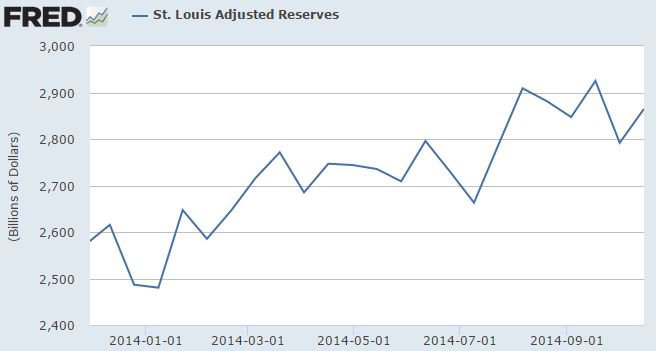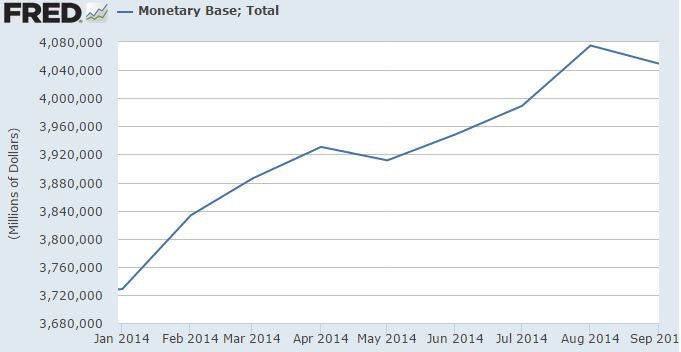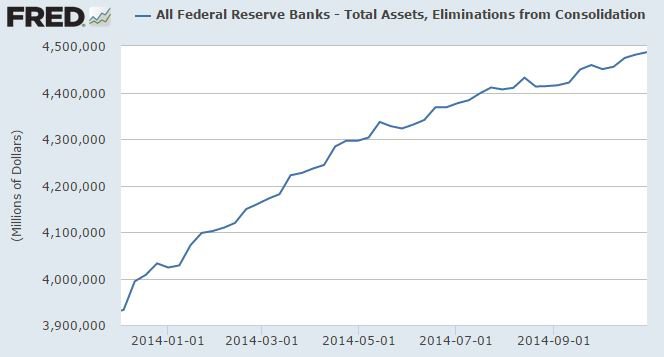Just Cause, or Just ‘Cause? – Article by Bradley Doucet

So why do we choose to respond when we do choose to respond? Or rather, why do our leaders choose to respond when they do? Is it because it’s the right thing to do? Or do they do it simply because, for whatever combination of factors, they can? A particularly unflattering enemy, perhaps, who can easily be demonized, for reasons both justified and not, and one who cannot really fight back, at least not in any way that would impose serious, widespread repercussions on the voting populace. An enemy, furthermore, who is far enough away that all the collateral damage, all of the innocents killed by our noble bombs dropped from our heroic jets, can be easily ignored, and who anyway look different and talk different and worship the wrong deity.
There is injustice, to be sure, and the gut reaction to want to fight injustice is a good and noble one, but we successfully repress it, or rather our leaders do, when it comes to places like North Korea and Russia, which would be very costly adventures indeed. We cautiously avoid getting into a war with such villains, whom we engaged with zeal just a couple of generations ago. Mutually Assured Destruction surely has something to do with it, but I think we can claim a certain moral progress as well, though perhaps it has not quite kept pace with our material progress.
No more great wars, then, even if they could be justified, because the cost is just too great. But little wars are fine, once in a while, when they can be justified, even if they always seem to do more harm than good. Keeps the troops in fighting form, you know, and keeps the voting public from focusing on domestic problems.
Keeps us from having to come up with more creative ways of responding to aggressors, also. Like, for the billions spent on all those guns and bombs, all those fighting forces and roaring jets and aircraft carriers, above and beyond what is needed to legitimately dissuade or fend off foreign aggressors, we could maybe do something to impede the recruiting efforts of terrorist organizations instead of helping them sign up new members. Instead of feeding their grievances by bombing weddings, maybe we could, I don’t know, drop crates filled with delicious food, or DVDs of television programs showing the richness and complexity of Western life in order to counter their caricatures of our depravity. Maybe we could support the translation of classic liberal tracts into all the languages of the world, as some organizations already do, and smuggle them across the various walls and checkpoints that keep our fellow human beings from escaping their prison countries, in order to counter the propaganda that keeps those walls from crumbling and those checkpoints from being overrun.
These are just the most obvious ideas off the top of my head, but I’m sure we can crack this nut and come up with a thousand innovative ways of responding to homicidal whack jobs that would be better than sending in the flying aces with their deadly payloads. It’s tempting, and even justified, to want to fight fire with fire. But the properly understood cost, in terms of money and lives and opportunities lost and enemies strengthened, even for the “small” wars we fight nowadays, is higher than the meagre benefits we imagine they will bring us. A proper accounting would show the folly of just about every war, and show that just about every war is really fought just because.


